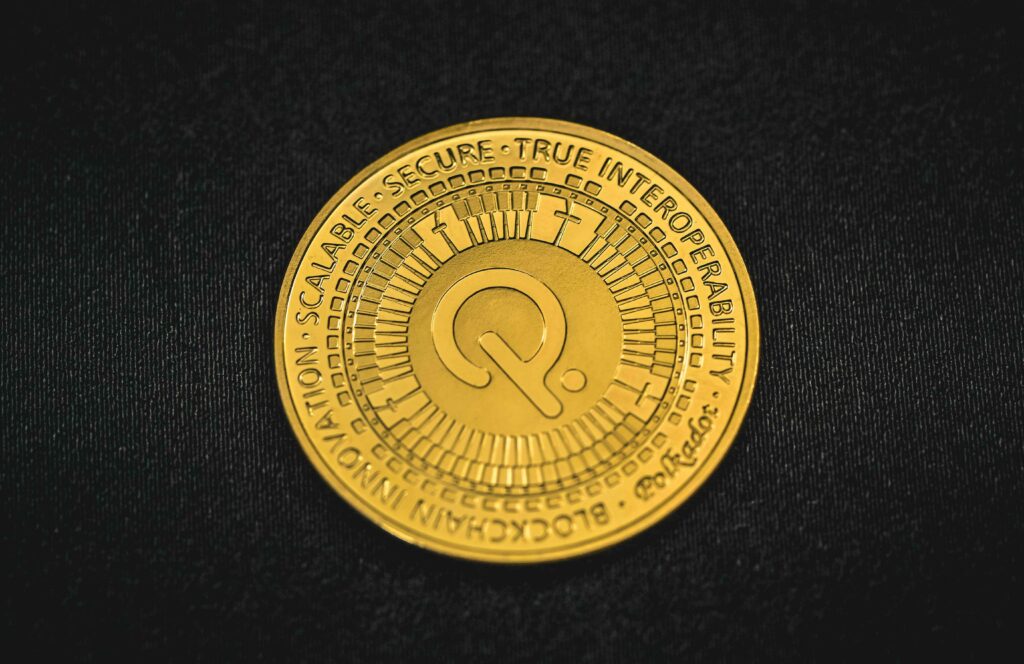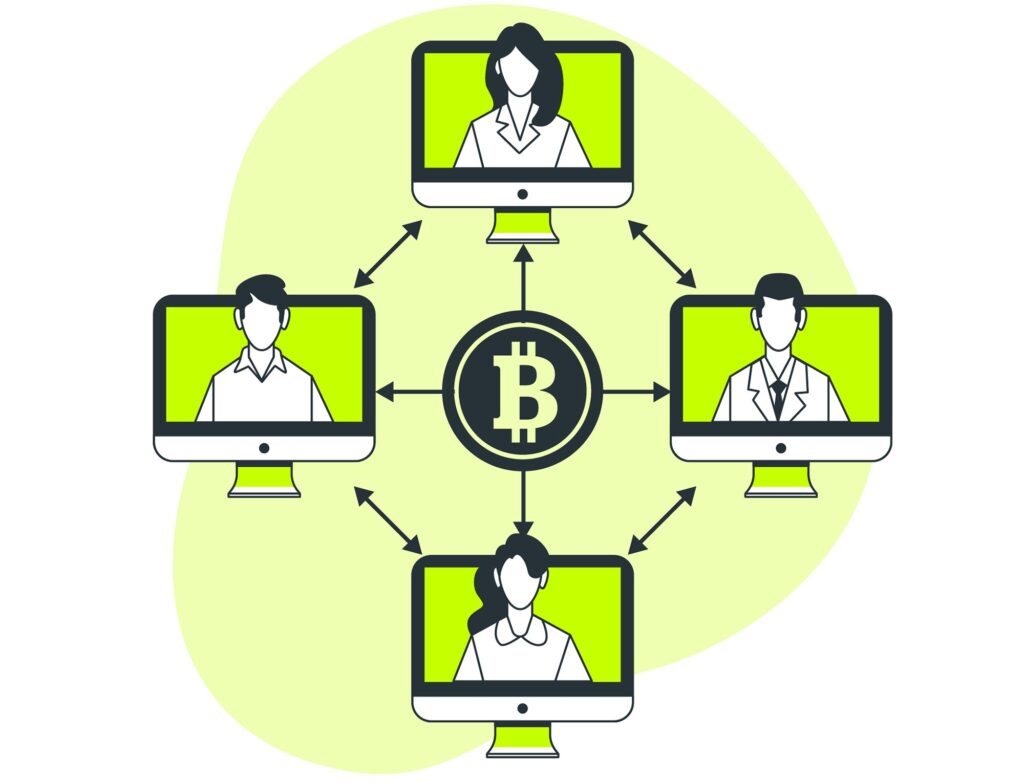Pi value cryptocurrency is a topic that has garnered considerable attention among crypto enthusiasts and potential investors. Launched by the Pi Network, Pi is a relatively new cryptocurrency that aims to make digital currency mining more accessible by allowing users to mine coins directly from their smartphones. As the network continues to grow, many are curious about the potential value of Pi cryptocurrency and what it could mean for the future of digital assets. In this blog post, we’ll explore what Pi is, the factors that could influence its value, and its potential impact on the cryptocurrency market.

What is Pi Cryptocurrency?
Pi is a digital currency created by the Pi Network, a project initiated by a group of Stanford graduates with a mission to democratize access to cryptocurrency. Unlike traditional cryptocurrencies like Bitcoin, which require extensive computational power and energy to mine, Pi allows users to mine coins through a mobile app without the need for significant power consumption or high-end hardware.
The Pi Network employs a consensus algorithm based on the Stellar Consensus Protocol (SCP), which is designed to be more energy-efficient and user-friendly. Since its launch in 2019, Pi has attracted millions of users worldwide who are mining Pi coins using their smartphones, participating in the network’s growth, and eagerly awaiting the coin’s transition to a publicly tradable currency.
Understanding Pi Value Cryptocurrency
Currently, the Pi value cryptocurrency does not have a market-determined price because it is not yet listed on any major cryptocurrency exchanges. The true value of Pi will only be known once it is listed on exchanges and starts trading against other digital assets or fiat currencies. However, several factors could potentially influence the value of Pi cryptocurrency once it becomes publicly traded:
- Network Growth and User Base: The size and activity level of the Pi Network’s user base are critical factors that will influence Pi’s value. With millions of users already participating, the Pi Network has established a substantial community. A large and active user base can drive demand for Pi coins, potentially increasing their value once the cryptocurrency is listed on exchanges.
- Exchange Listings: One of the most significant factors affecting the Pi value cryptocurrency will be its listing on cryptocurrency exchanges. Exchange listings provide liquidity and facilitate price discovery, allowing the market to determine the value of Pi based on supply and demand dynamics. The number of exchanges that list Pi and the volume of trading activity on those platforms will play a crucial role in establishing its market value.
- Utility and Real-World Applications: The value of a cryptocurrency is often linked to its utility and the use cases it supports. The Pi Network aims to build an ecosystem where Pi can be used for various transactions, including peer-to-peer payments, online purchases, and potentially more complex applications like decentralized finance (DeFi) and smart contracts. The development of these use cases and their adoption by users will be vital in driving the value of Pi.
- Market Sentiment and Speculation: As with any cryptocurrency, market sentiment and speculative trading will also influence the Pi value cryptocurrency. Positive news, such as successful milestones or strategic partnerships, could boost investor confidence and drive up the price. Conversely, negative press or regulatory challenges could adversely affect its value.
Challenges and Criticisms of Pi Cryptocurrency
While the Pi value cryptocurrency has potential, there are several challenges and criticisms that could impact its future valuation:
- Lack of Transparency: Some critics argue that the Pi Network lacks transparency, particularly regarding its development process and the project’s ultimate goals. Unlike open-source projects like Bitcoin and Ethereum, Pi has been criticized for its perceived opacity, which could deter potential investors or users who value transparency and trust in a decentralized ecosystem.
- Regulatory Uncertainty: As with all cryptocurrencies, Pi will face regulatory scrutiny as it attempts to enter the market. The regulatory environment for digital assets is continually evolving, and any unfavorable regulations could impact Pi’s ability to gain traction and achieve significant value.
- Centralization Concerns: Some users have raised concerns about the degree of centralization in the Pi Network. The development team currently has significant control over the network, which may conflict with the decentralized ethos of most cryptocurrencies. This perceived centralization could be a drawback for those who prefer decentralized networks.
The Future of Pi Value Cryptocurrency
The future of Pi value cryptocurrency remains speculative until it officially launches on the mainnet and becomes available for trading on major exchanges. However, the project has managed to build a large and enthusiastic community, which could be a strong foundation for its future success. The transition from a testnet to a mainnet, along with subsequent exchange listings, will be critical milestones in determining Pi’s market value.
For now, potential investors and users should approach Pi with caution, considering both its potential and the inherent risks associated with new and emerging cryptocurrencies. Conducting thorough research and staying informed about the project’s developments will be key to making informed decisions about involvement with Pi.
Conclusion
The Pi value cryptocurrency is a subject of much anticipation and speculation in the digital asset community. As the Pi Network continues to evolve and move toward a mainnet launch and potential exchange listings, its value will ultimately be determined by market dynamics, user adoption, and real-world applications.
For those interested in exploring new opportunities in the cryptocurrency space, Pi represents an intriguing case study of innovation and accessibility in digital finance. However, as with any investment, it’s important to stay informed, understand the risks, and consider the broader market context before making any decisions.


